#symphony me
Explore tagged Tumblr posts
Text
Guess the Duskmourn Story Character






#mtg#mtg story#mtg lore#mtg vorthos#i am not sorry#magic the gathering#duskmourn#marina vendre#valgavoth#jace beleren#nashi mtg#niko aris#symphony me#dolphin meme
28 notes
·
View notes
Photo
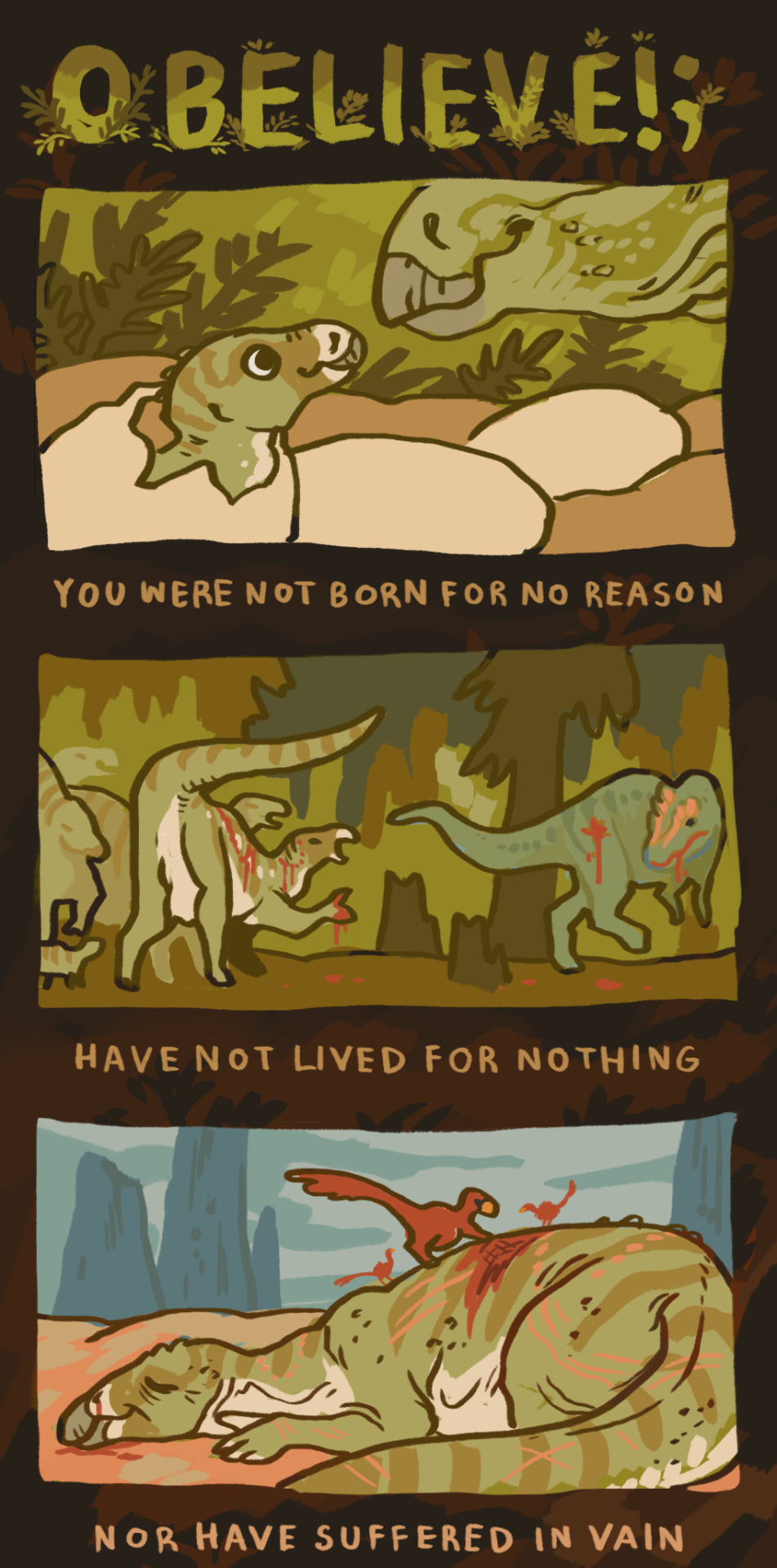
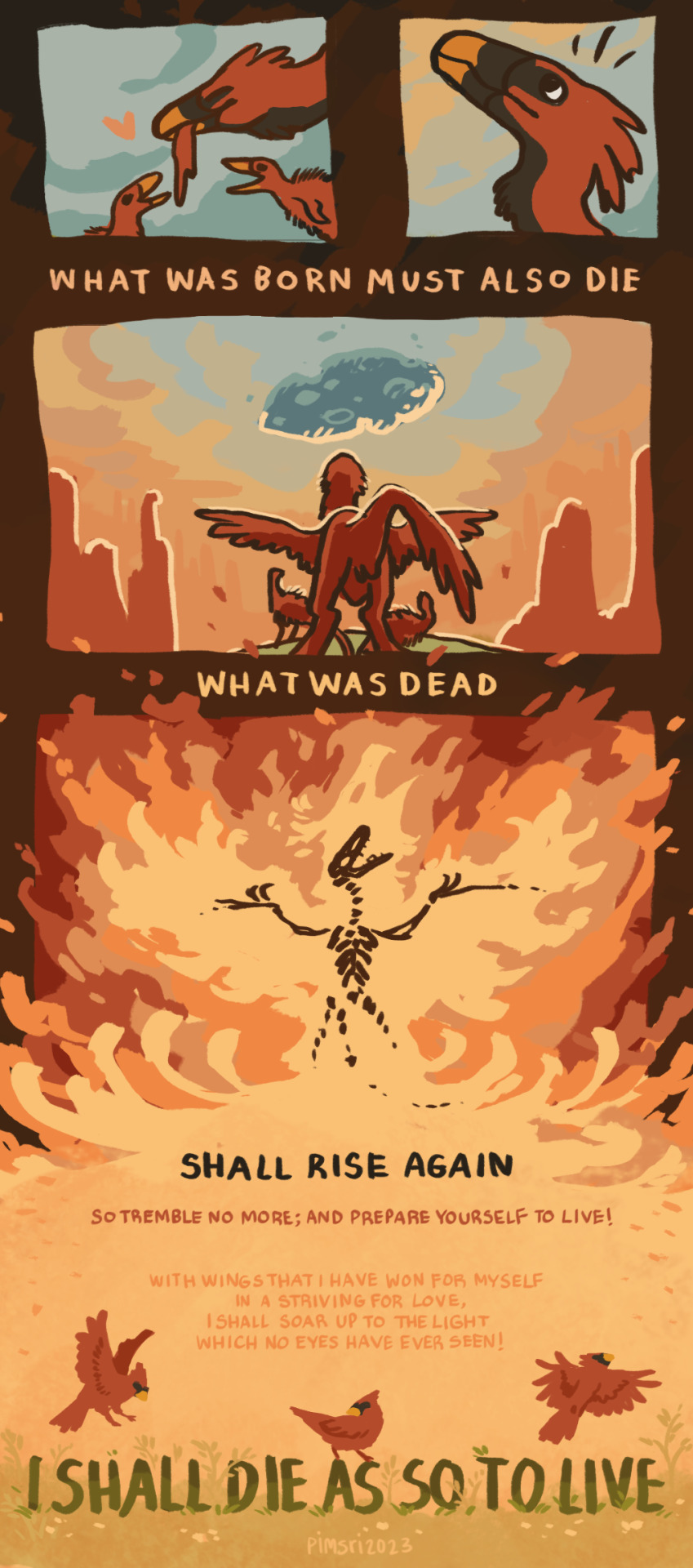
“Resurrection”
#pimsriart#pimsriart2023#I have been playing so much path of titans ahhhhh#dinosaur is my childhood hyperfixation lol#but i literally don't know anything else#i'm dumb and science can't get into my brain pls don't ask me which dino are they bc i don't know DX#dinosaur#uhhh#iguanodon#i think#and some#raptors#birds#the text is from mahler's symphony no2 finale
35K notes
·
View notes
Text

#thank you sam deats and ayami kojima for designing this man for me specifically#alucard#castlevania#alucard adrian tepes#adrian fahrenheit tepes#castlevania nocturne#castlevania symphony of the night#castlevania netflix#vampire#video games#anime#fanart#illustration#my art
2K notes
·
View notes
Text


the swan
#prsk fa#shizuku hinomori#mafuyu asahina#project sekai colourful stage#sekai symphony had shizuku assigned to the harp so i originally just wanted to paint that#but it ended up as a shizumafu piece oh well#real orchestraheads dont come for me i know this composition is weird#oh its christmas merry christmas!!!#my art
1K notes
·
View notes
Text

#castlevania#castlevania symphony of the night#Alucard#I specifically used the sotn font. if anyone cares#me art
7K notes
·
View notes
Text

Bluetoothing this mafaka in my notes one bazillion ml of testosterone rn
#isuggestforcemasc#forcemasc#ftm#silly forcemasc#shitpost forcemasc#‘b-b-but i Can tolerate being a girl!’ YOU DINT AND YOU KNOW IT#your lying ass as soon as u get the opportunity to become a man: 🐬🌈🌈🦄🌊🌊🐬✨✨#I just wanna be part of your SYMPHONY#WOULD YOU HOLD ME TIGHT AND NOT LET GO⁉️⁉️⁉️#autoandrophilia#transmasc#forced masculinization#force masc#things in my notes#tags#what the fuck am i doing
543 notes
·
View notes
Note
How does Eclipse discipline his kids? From little things like the boys getting into little spats with each other to if one of them were to put themselves into a dangerous situation just for mischief.


Eclipse got creative when it came to discipline his kids, they're quite durable
1K notes
·
View notes
Text
Stage direction: Enter 🟥



I wasn’t kidding when I said I was rotting over this stupid sticky note.
GOD HE LOOKS SO DUMB AHAHAHAHHAHA IM CRYING AFHABUOGAEUOFUOAAHHAHA
#Sticky Note#Symphony#april o'neil#Leo#Donnie#Raph#Mikey#Draxum#APPARENTLY AHAHAHAHHAHAHZ#mini comic#coko doodles#rottmnt#tmnt#rise of the teenage mutant ninja turtles#tmnt iteration#drawing#doodle#sketch#teenage mutant ninja turtles#THE SLEEP DEPRIVATION IS MAKING ME LAUGH SO HARD SOMEONE HE#PLP#AJAJAHAHHA
630 notes
·
View notes
Text

Look, it’s an Alu-card
#castlevania#alucard#alucard castlevania#symphony of the night#i crack myself up#castlevania fanart#sorry to ppl who followed me for emo shit#I’m a gamer now
633 notes
·
View notes
Text
i would like to suggest that tgirl whimpers are also so very important
#trans nsft#mtf nsft#mtf girl#mtf sub#mtf trans#mtf ns/fw#transfem nsft#i love my gf sm#her whimpers are like a symphony to me#t4t ns/fw#t4t nsft#ftm bottom#t4t puppy#ftm sub
348 notes
·
View notes
Text
So I got a theory as to why Alucard went from this in the original show:
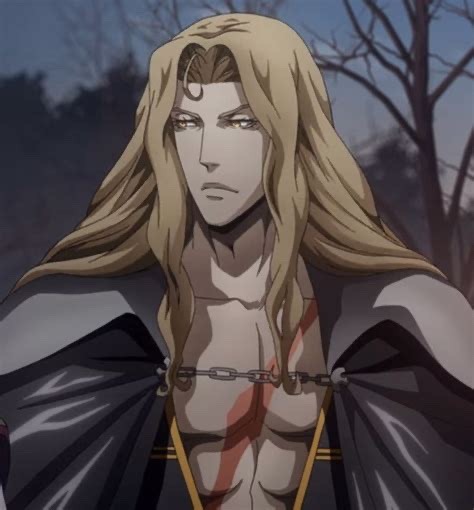
To this in Nocturne:

We’re shown in the first show that Alucard ages more or less like a human except much faster but even as an adult he’s still looks more like Lisa than Vlad. Well my theory is that eventually his human aging got to a point where he “died” and took on more of a vampiric appearance. Hence why his hair is white like an old man and why his skin is ghostly white like his dad’s.
Further proof:
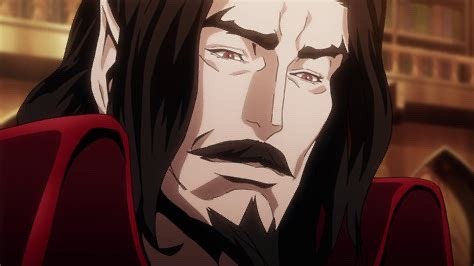

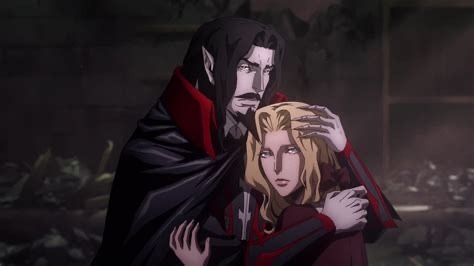
Like look at Dracula, that man pale as fuck
#castlevania#castlevania netflix#castlevania nocturne#alucard#adrien tepes#count dracula#vlad dracula tepes#lisa tepes#symphony of the night#yes I’m aware that it’s because that’s how he looked in SOTN#let me have my fun#theory
2K notes
·
View notes
Text
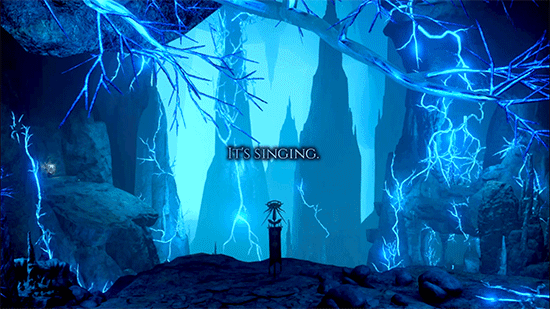
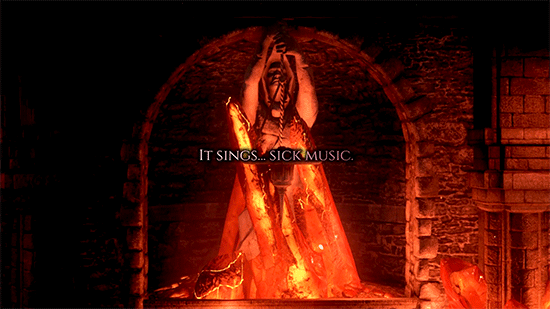
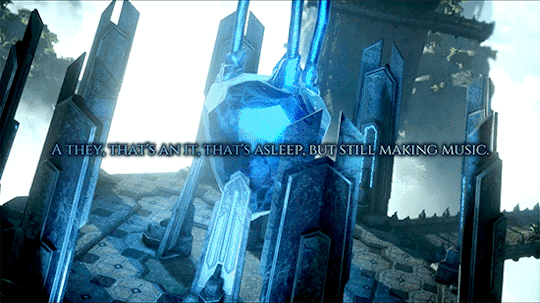

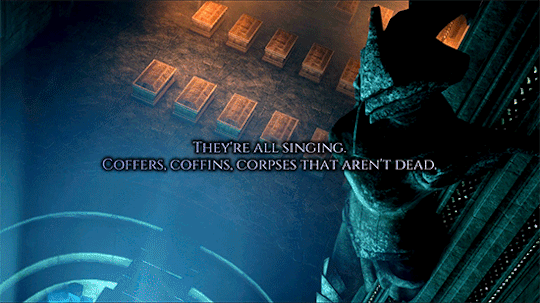
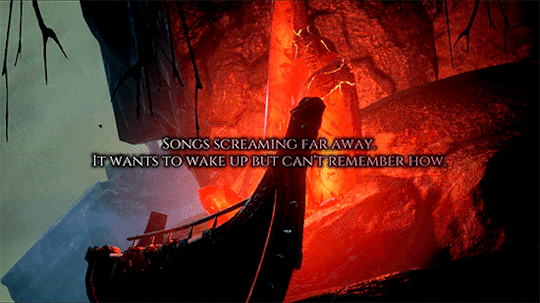
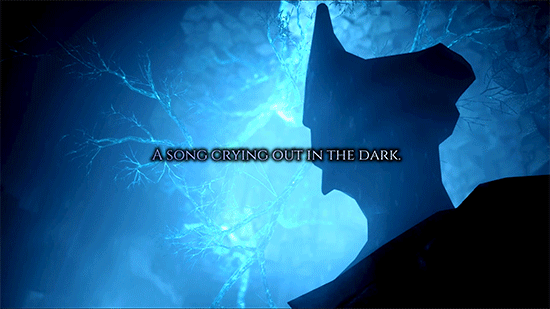
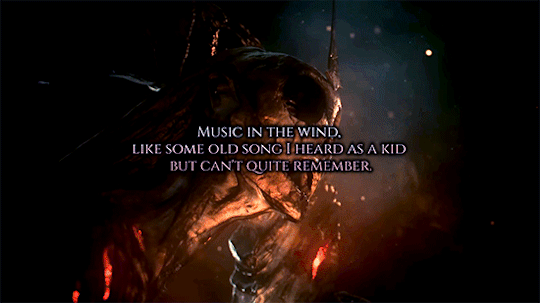
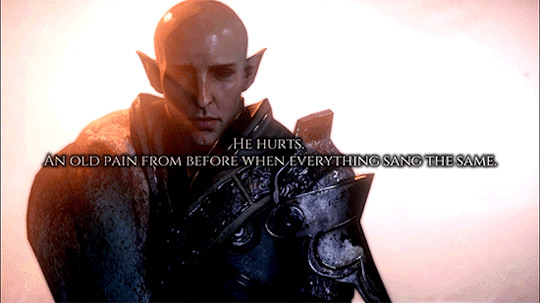

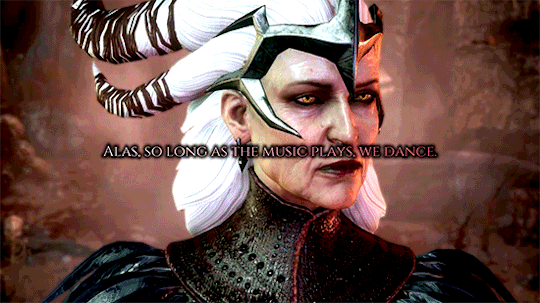
Alas, so long as the music plays, we dance.
(Cole's cryptic comments + The Song)
#dragon age#dai gifs#flemeth#solas#cole#my gifs#you know.. isn't it interesting how DA4 seems to be going for a purple color scheme now?#....and if you mix blue and red you get WHAT?? 👀👀#EXACTLY#coincidence?? I think NOT lmao#if the ''song is sundered''... then what'll happen when everything sings the same again? 👀#then there's that one line from Solas in Haven..#''harmonizing with new magic in an unending symphony'' that's also a very interesting way of phrasing#there's that musical connotation again#but let me tell you..#listening to super eerie soundtracks while making this was certainly an experience 😶#I'm just happy I managed to make a gif set after 84 years....#and it only took me [insert unhealthy amount of hours]#hahaha 💀#at least I still remember how the flycam works lol
2K notes
·
View notes
Text

























SHERLOCK | Martin Freeman as John Watson
#inspiration for creating gifs was the wonderful @meandhisjohn#twelve years have passed and this episode is still vivid in my memory as if I watched it yesterday#It’s unbelievable how much pain a person can endure and this episode is a testament to that#the moment john a fierce defender stands ready to strike down any who dare speak ill of sherlock is pure brilliance#the moment they run in handcuffs is beautiful#truly two against the world#and it’s so sweet how john takes up all the space on the couch completely comfortable while sherlock sits patiently beside him#when sherlock saying goodbye to john forever is seared into my soul#It’s a moment that never leaves me a reminder of the depth of their connection and the pain of their separation#martin’s performance in that call is a masterclass in conveying raw emotion#the pain in his eyes speaks volumes a symphony of anguish that lingers long after the call ends#It’s a moment that deserves to be immortalized a testament to the power of his artistry#and the last thing I’ll say is#john’s soul is that of a soldier forged in fire and tempered by hardship yet always clinging to hope#martin freeman#benedict cumberbatch#bbc sherlock#sherlock#john watson#sherlock bbc#mf/serial
238 notes
·
View notes
Text

7K notes
·
View notes
Text

L can stand up straight but only once every four years
#inspired by me and how loud my bones cracked sitting up straight last night#a symphony of my spine snapping#L also looks tall as fuck afterward he’s like slenderman#light is displeased (he is shorter now)#L is now the worlds greatest mystery for how he can hide that much height by slouching#l lawliet#death note#miras-art
147 notes
·
View notes
Note
Would the fishes enjoy a
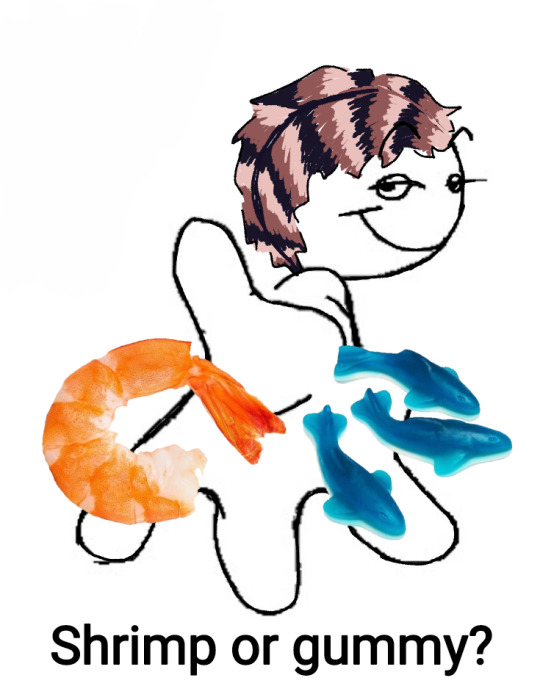
Well Sun is interested, but which to eat fir-
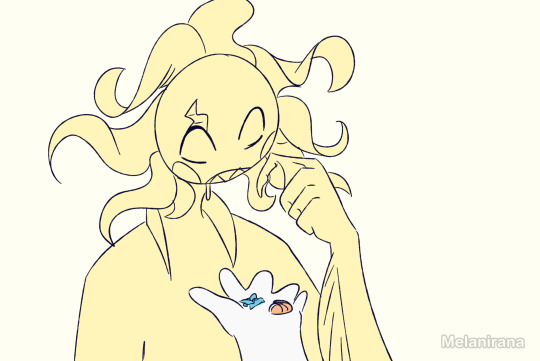
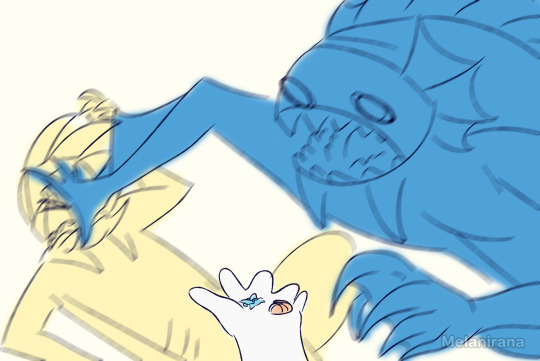
opp- well there goes that
#osf ask#ocean symphony fiasco#fnaf sun and moon#fnaf moon#fnaf sun#fnaf au#daycare attendant fnaf#ask me
346 notes
·
View notes